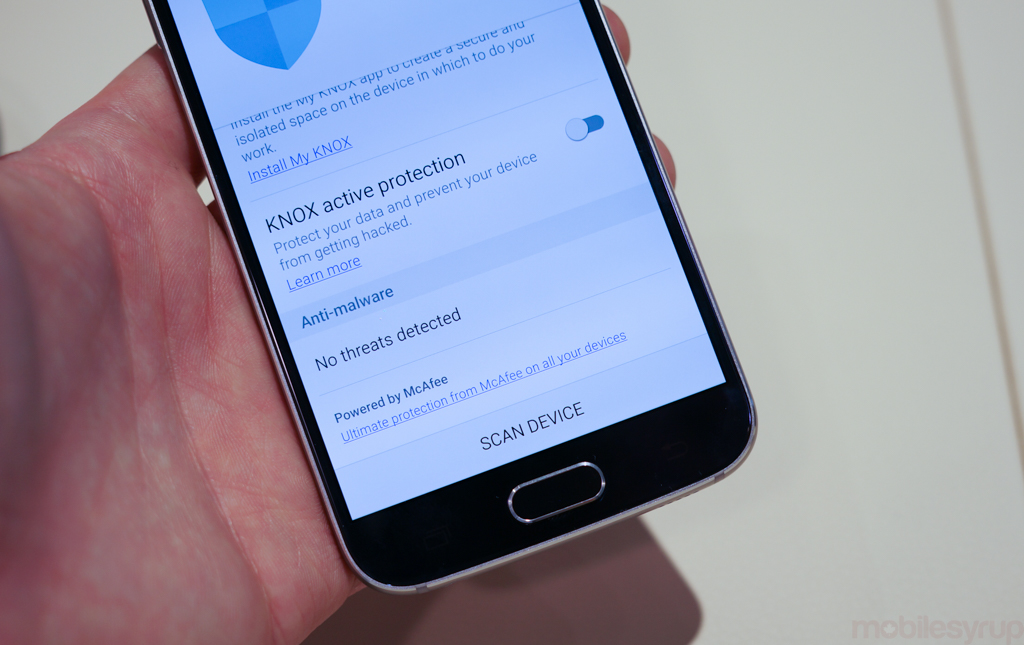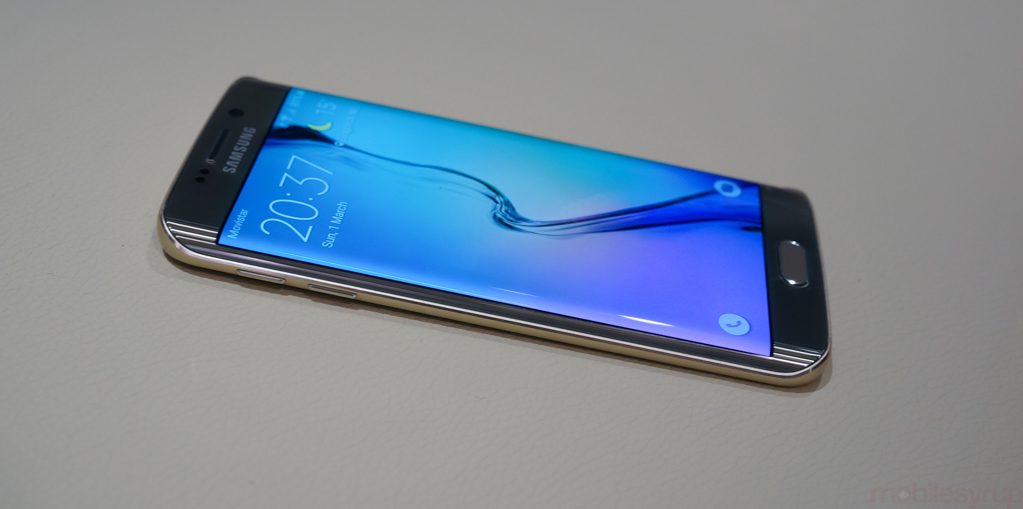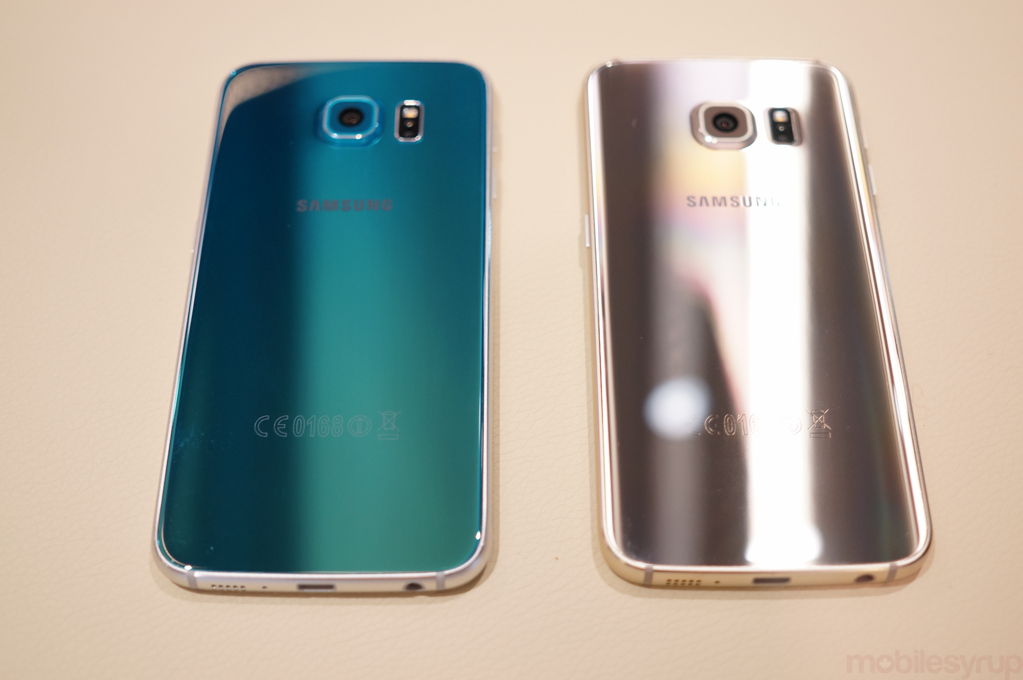
Like clockwork, Samsung released another phone this week, coinciding with yet another Mobile World Congress and yet another pre-summer smartphone push.
But this year felt different. Samsung began teasing “What’s Next” considerably earlier in the year than usual, and we’d been hearing through various grapevines that its follow-up to the Galaxy S5 which, despite selling upwards of 30 million units, was considered a disappointment, would be a dramatic redesign.
After using the new phone, it’s clear that Samsung is not only going to make up for lost time, but may have surpassed any and all expectations.
Except that the Galaxy S6 isn’t just one phone, but two, a bizarre and unconventional simultaneous release that instead of differentiating by size, like the iPhone 6, Samsung is separating the its two new flagships by two deep curved edges, and $100.
What’s most impressive about the Galaxy S6 and S6 edge is how much has been thoughtfully redesigned. Framed in metal, gently sloping down to the glass front and back, Samsung managed to keep the existing Galaxy S design language intact while diverting from the maligned materials affixed to previous versions. Similarly, the Android software, which is no longer referred to as TouchWIZ (though it will forever so be known) is not drastically different, but tactfully scaled back, with careful use of colour, light and shadow to convey information.
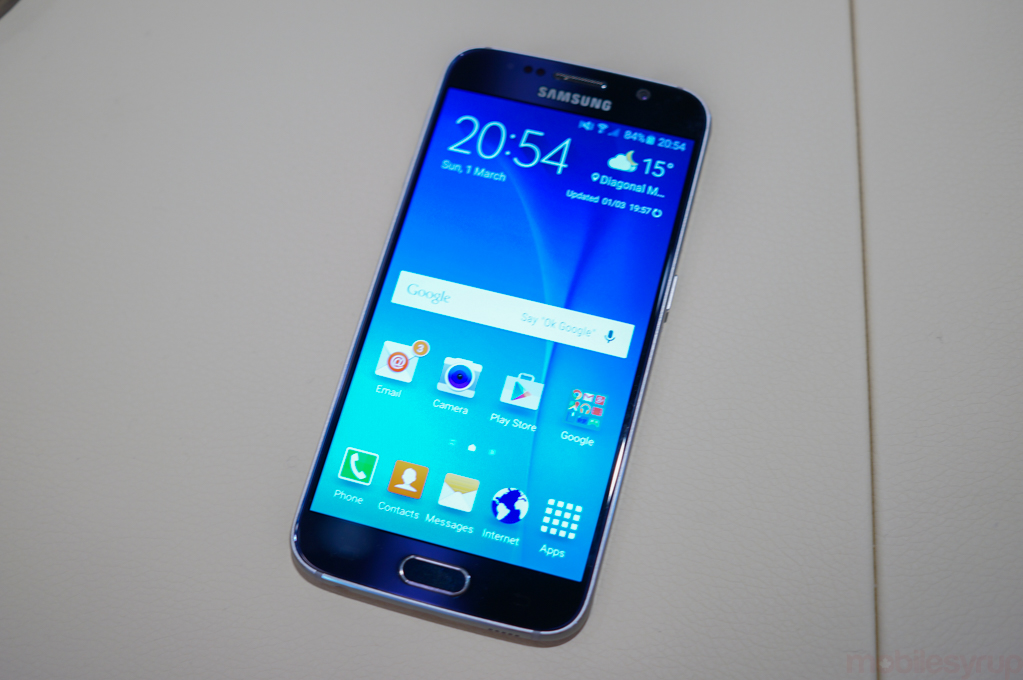
Galaxy S6
The more mainstream of the two devices is, despite the edge’s claim to aesthetic superiority, at once comfortable to hold and an enormous fingerprint magnet. The metal frame is robust, and the colour shimmers under the glass due to a strategic separation of the two; the blue and green models, in particular, are a sight to behold.
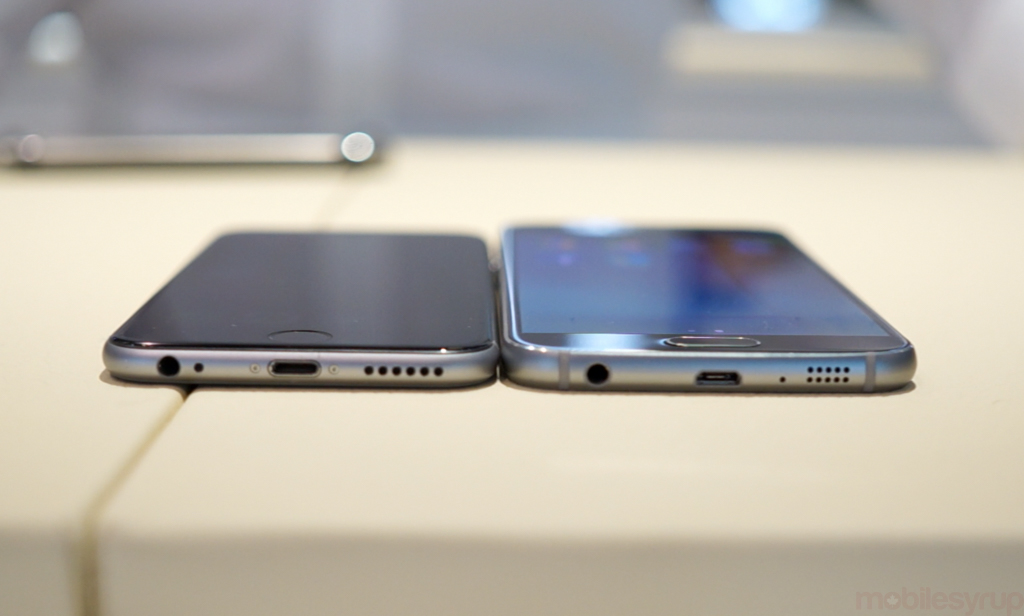
Yes, there are elements of the iPhone’s design here — look at the bottom, for instance — but these two products feel very, very different. Because the Galaxy is a couple of millimetres narrower than its predecessor, that, coupled with the metal frame, makes it feel so much nicer to hold than the fake chrome on the Galaxy S5. It may look like an iPhone 6, but it also feels like one, which is a good thing.
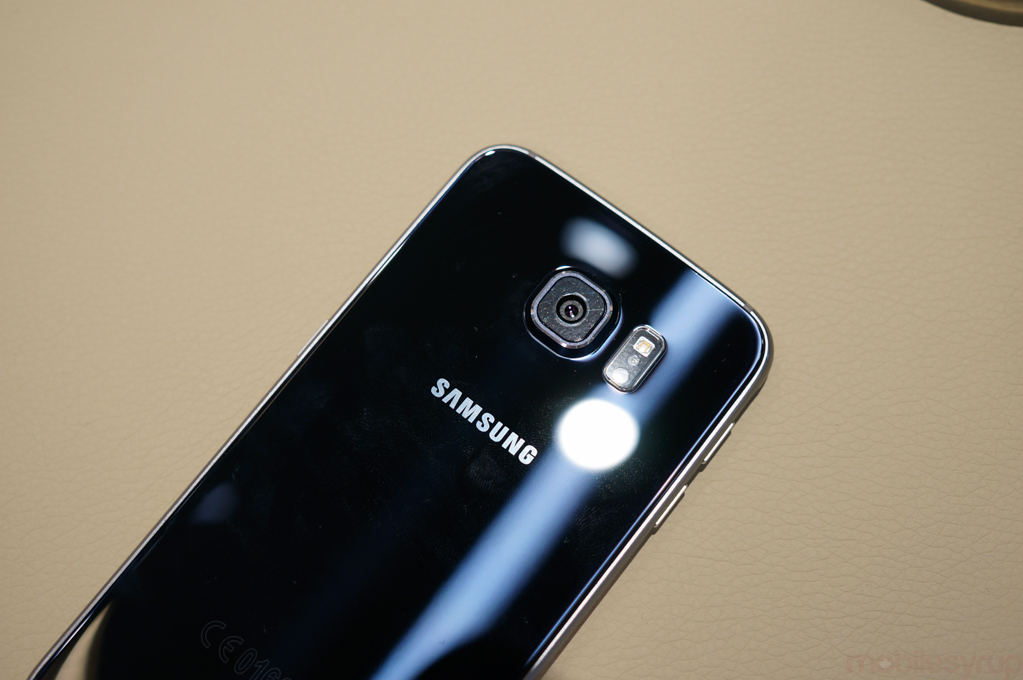
Where Samsung has rightly mirrored Apple this time around is in the way it approaches software performance. The 14nm Exynos 7420 is very, very fast (though not faster than the A8, if early benchmarks are to be believed), with excellent multi-core performance and decent integer scores. That translates to a capable 64-bit system that makes Android, for once, feel like it could finally be free of stuttering. The holy grail of Android devices is the one that doesn’t feel like it’s bogged down after a few hours’ use, and the transition to 64-bit and wider memory buses, combined with a brand new Android version that supports 64-bit chips, could be the key.
That Samsung decided to eliminate the microSD and removable battery will divide the hardcore user base, but simplifying the phone’s functionality — no need to transfer files to and from SD cards — will appeal to the average consumer, and that’s at whom Samsung is aiming the device.
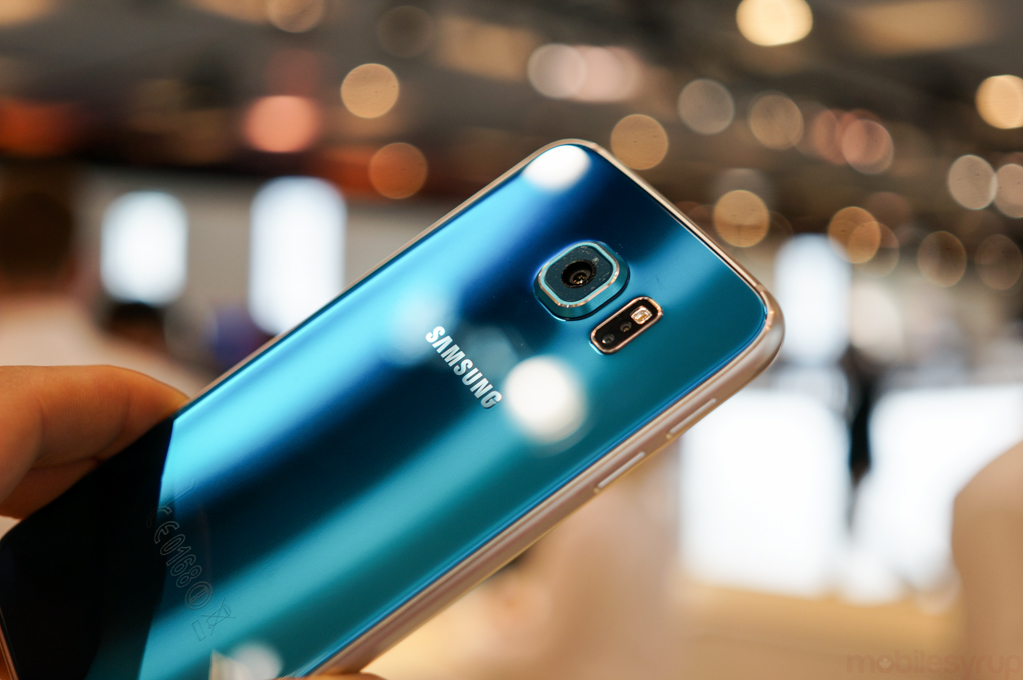
I got to test, briefly, the 16MP rear camera — now confirmed to be the same IMX240 sensor as the Note 4 — with its F1.9 lens and came away impressed with the S6’s low-light performance. It’s not night-and-day better than the Note 4, but it’s a substantial improvement, especially since it’s now possible to launch the feature with a double-tap of the new home button.
Somewhat disconcerting to see among the fewer examples of pre-installed detritus often referred to as app bloatware was the presence of an antivirus service supplied by Intel’s McAfee division. While it’s great to see Samsung take an active approach to protecting its users from malware and viruses, I disagree that we’re at the point where Android devices require such pre-installs. McAfee’s scanning should be offered as an opt-in download for users who want it.
Galaxy S6 edge
The S6 edge (lowercase, as per Samsung’s marketing material) is a different beast altogether. It’s $100 more expensive at each storage capacity, but its value can be construed from every angle of its subtle, seductive curved screen.
The current capabilities of the edge screen(s) are limited to news tickers, alarms and some notifications, but Samsung is clearly committed to the form factor, and likely won’t abandon it anytime soon. Think of the edge screen as the new Multi Window, which has quietly become a differentiator for many Samsung products.
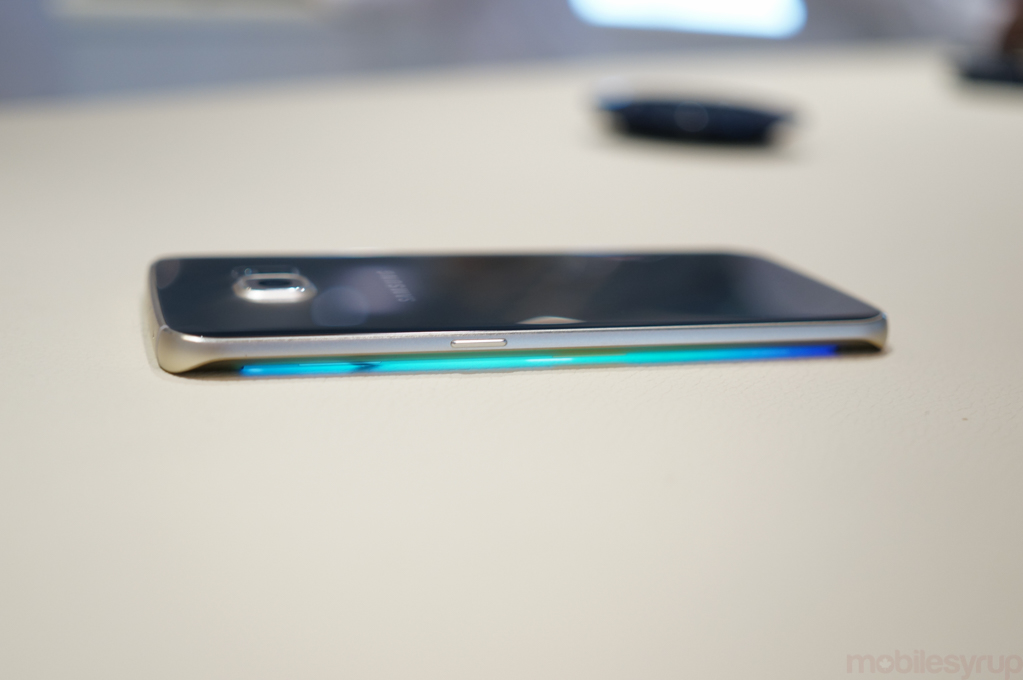
Holding the S6 edge is revelatory: it’s thin, narrow and light, and while wholly a smartphone, still manages to feel like something brand new.
But the feature that singlehandedly took me from skeptical to committed was the custom colours for contacts: users can select up to five contacts that, when they call or email, make the edge screen light up in a different colour. It’s a small thing — and I don’t recommend anyone putting his phone face down without a screen protector of some sort — but it feels fun and innovative.
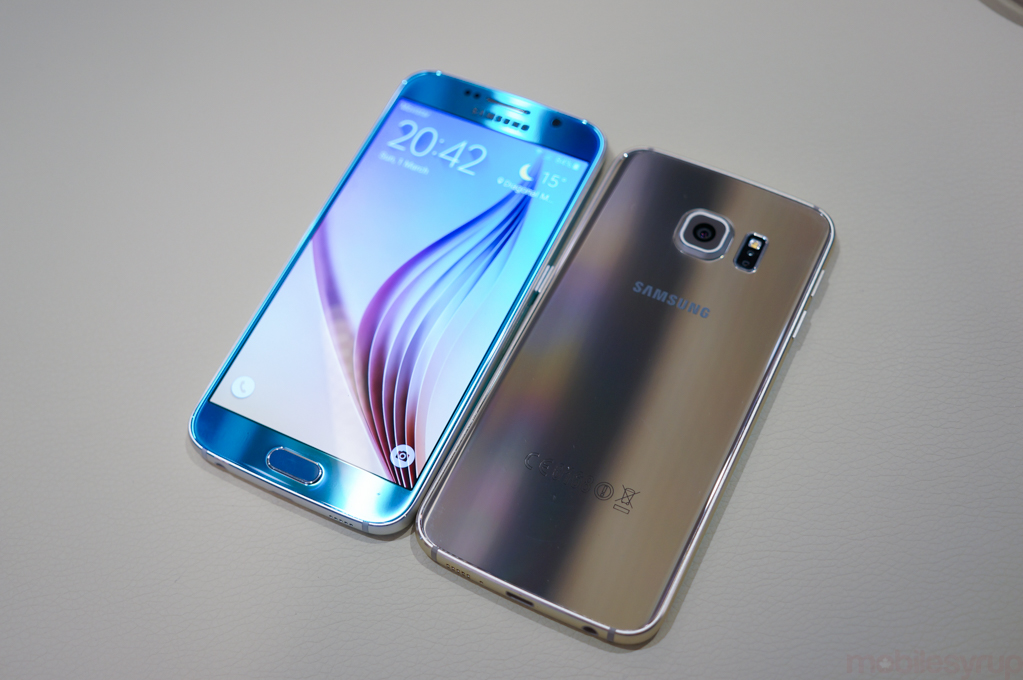
The Both
There’s so much about the new devices, from integrated charging to the new touch-based fingerprint scanner, to the addition of Samsung Pay (not launching in Canada anytime soon, I confirmed) that we will have to wait for a review unit to test.
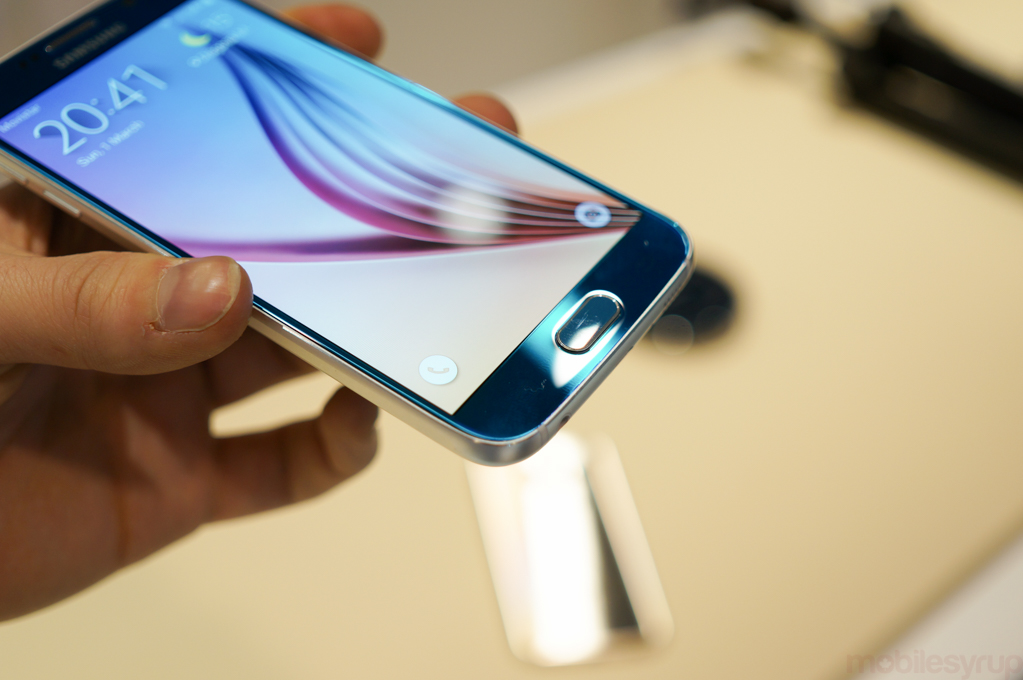
These are not cheap devices — the Galaxy S6 starts at $250 on contract for the 32GB model; the S6 edge begins at $350 for the same storage amount — but they exude premium in a way only the Galaxy Note did for Samsung previously. It’s not technically accurate to say Samsung had a poor 2014, but if profits are the endgame, Samsung earned less of it last year than in 2013, and that’s something to think on.
The Korean giant continues to be squeezed by Apple in the high end — Tim Cook said during Apple’s Q1 earnings report that 85% of iPhone 6 buyers came from other platforms — and Chinese OEMs like Xiaomi and Lenovo in entry level — but with these devices, the focus is once again on how Samsung can make great products.
Read more: Samsung Galaxy S6 and S6 edge specs, pricing and availability
MobileSyrup may earn a commission from purchases made via our links, which helps fund the journalism we provide free on our website. These links do not influence our editorial content. Support us here.

